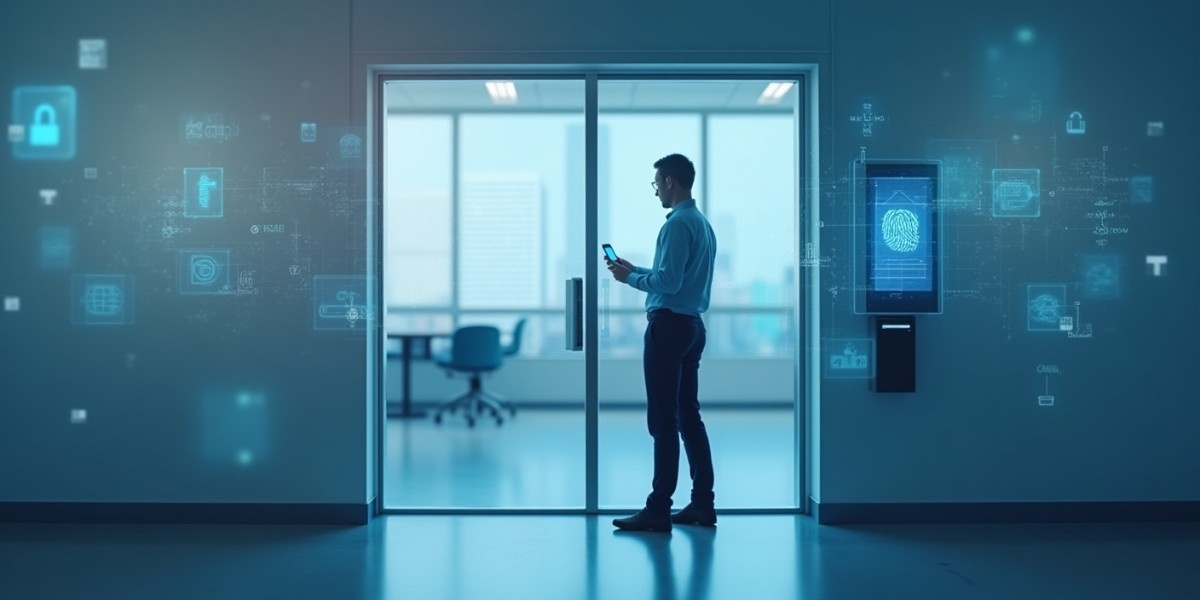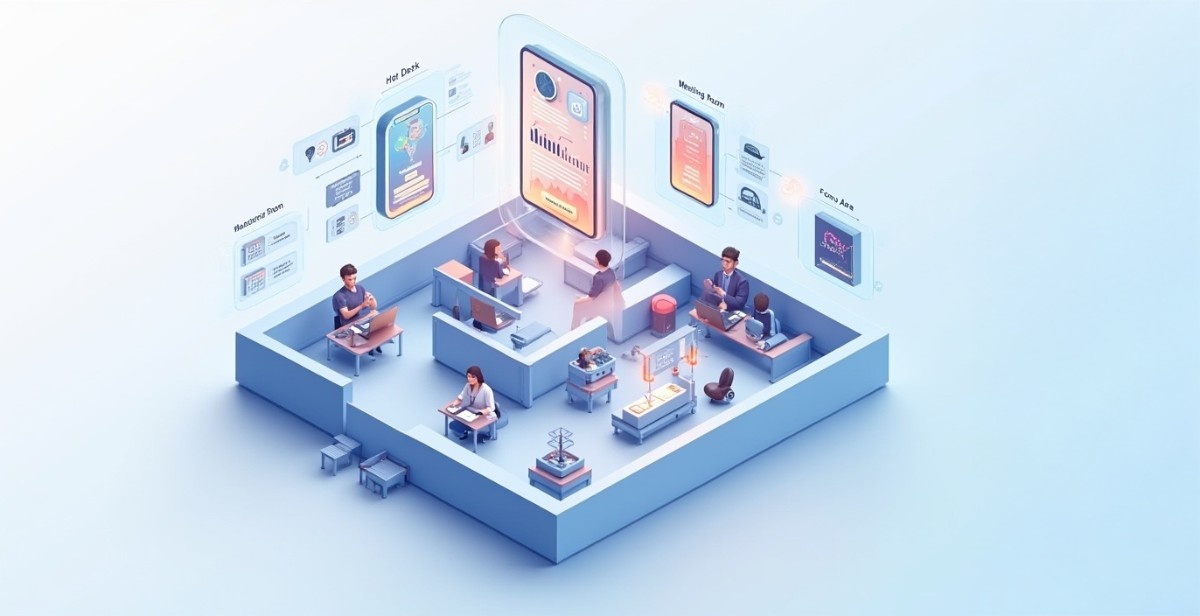My rule is simple, ‘No Vaccine, No office’, I have a mum dad at home and there’s no way I’m going to endanger them. Walking into the office would mean, walking into a ground of possible infection.
The first 2 months were very hard. Sharing in-home responsibilities with my wife while managing pitch meetings and I craved to go back to the office. But now, I have an excellent WFH routine down with home care, fitness, work and even extra reading. Not sure ‘Work from office’ suits me anymore.
What do I miss most about the office? The random coffee chats, the energy, the hustle-bustle, and mostly, that classic morning cappuccino.
Do I trust my organization to guarantee a safe return to work? Well, I trust them, but I’m not sure I trust other employees. They may not be as prepared or informed as I am. So why take a chance?
Do I think the post-pandemic workplace will be to my liking? My organization has never asked me what I’d like when I return to work, so I’m not sure the new workplace will be to my liking. I mean, who are they listening to, if not us?
What’s on our mind?
1 Remote work has brought us freedom and flexibility, but it has also meant losing the separation between work and life. Remote work is costing us our mental health & jeopardizing our wellbeing.
The blurred lines between work and play result in us carrying our deliverables and work worries with us, in everything we do in a day. This means despite the illusion of more freedom and flexibility, we are unable to spend quality time doing what fuels us after work. We, therefore, come back to work, tired, demotivated, and with low energy. Earlier we played different roles and there were different environments to play these different roles. Post-COVID, our environments have all collapsed into one – our home. This has caused internal chaos and confusion, affecting our mental and emotional stability. There are few reasons behind this dip in mental wellness. The first being increased work demands. Remote work means saving time on commuting to the office, working after office hours from the comfort of home, etc. These factors have led our managers to pile us up with more work than before, where there were clear working hours. This tires us out, taking away the only time we have to reset and re-energize ourselves for the next day.
2 We have forgotten what it feels like to be a part of a company culture fueled by purpose and driven by clarity of vision and that is affecting our ability to stay motivated.
We miss the workspace, the water cooler chats, the open, serendipitous communication, the connection with our fellow colleagues, and the engagement and belongingness, the feeling that we are a part of something bigger. Is it our that leadership lacks the clarity of vision or is it a lack of clear communication. It is hard to operate in a tunnel when you are unable to see the light at the end of it. Every day is a struggle to be productive and create work, the impact of which remains unknown and vague. It leads us to feel burnt out and demotivated. No amount of virtual yoga sessions or pep talks can cover for clarity of purpose. A company’s culture is made of the people, for the people, and by the people. Without the connection between the people, we are unable to feel a palpable sense of the culture. We liked the feeling of being part of a community that builds together, struggles together, and wins together. That’s missing now, sitting at our own desks, having cold and brief, transactional zoom calls, all day, every day.
3 We are scared that our organization is not taking adequate measures to ensure our safety at work. What happens if we get infected and our families are affected? Who bears the brunt then?
Employees walking in without fully covered facial masks. Visitors entering the premises without being screened & tested for thermal temperature. Lifts, staircases, lobbies, and toilets with more people than permitted by occupancy levels, jeopardizing social distancing. All these situations worry us. How can we be expected to be back at work and contribute productivity with the threat of getting infected, hanging above our heads, through the day? Our biggest concerns are threefold. How stringently is our organization enforcing the facial mask adherence rule at the office? How accurately is it testing and screening returning employees for covid-19? What about the health risk assessment of outsiders like clients, contractors & vendors? How do we know that other employees are following strict safety guidelines and measures? What about common areas and choke points? How are they being sanitized & at what frequency? How is the organization ensuring that it has a solid emergency response plan if someone gets infected? What support could I expect if I get infected?
How can I maximize my value addition during this crucial time?
1 Communicate clearly, likes and definitely, the dislikes
Hearing is believing. The leadership teams and workplace enablers can only make relevant and advantageous moves, when employees share their concerns, their struggles, and their needs, clearly & frequently. Once the organization has built that openness and approachability, it is up to the employee to use and ask for what they want, or to communicate what they liked or didn’t like. Using this available channel of feedback, allows workplace enablers and senior leadership to factor these conversations into the next set of workplace initiatives. The aim of the leadership team and workplace enablers is simple – To create a workplace that enables and empowers its workforce to work to their full potential. This is only possible when employees take out time to understand what they like or don’t like about an initiative, and then take the time to communicate it clearly to the right people. Such feedback, when shared in a constructive way, enables the leadership teams and others to correct course or introduced new ones, as needed.
2 Give your company, the benefit of the doubt, everyone’s trying
This global pandemic has shocked everyone alike. Be it a senior leader, a workplace enabler, or a nelly hurled intern. It is important for employees to accept that everyone is at the short end of the stick. And everyone is trying to figure the best route out. A few mistakes here and there should be overlooked. Employees should view matters in the bigger scheme of things. A new check-in or tracking system may not be thrilling for an employee but it does make life easier for compliance and payroll purposes. It is therefore important to meet the organization midway, understanding their context and accepting that every move may not be beneficial for the employee. There are multiple stakeholders in the workplace puzzle and that you will win some and lose some. It is crucial to exercise empathy during this time, putting yourself in the leadership’s shoes to understand why they must have taken a certain step and how it’s beneficial to the organization at large.






































.avif)
.avif)





